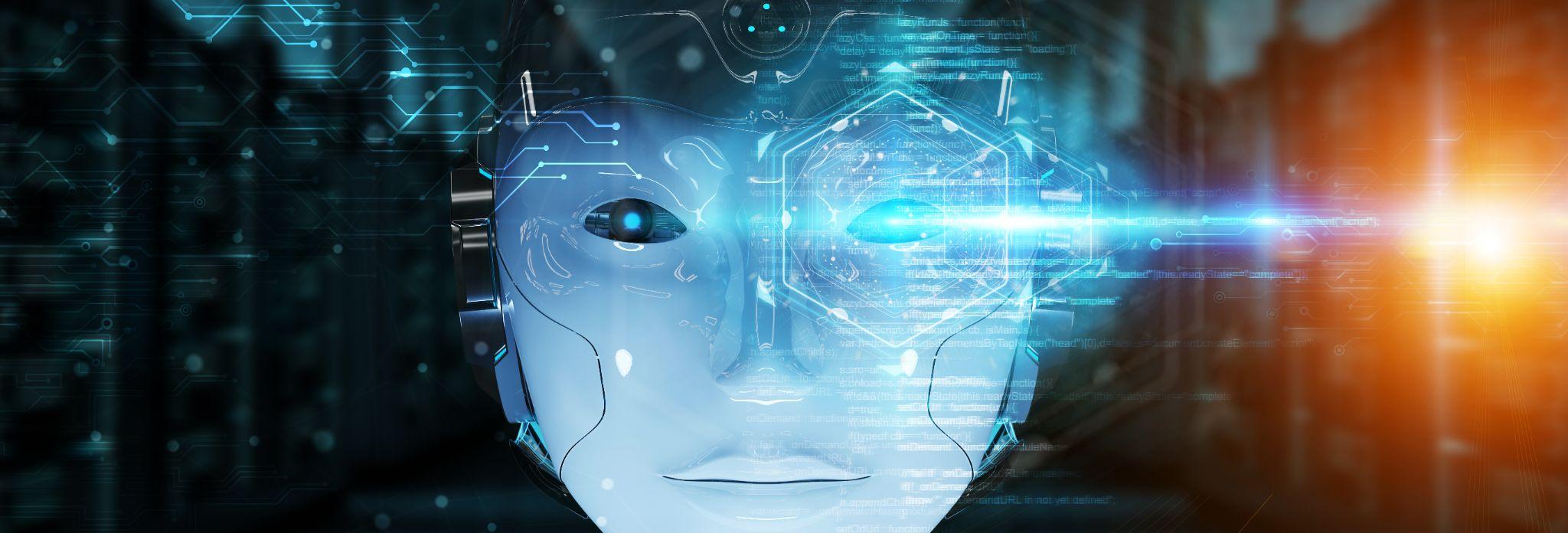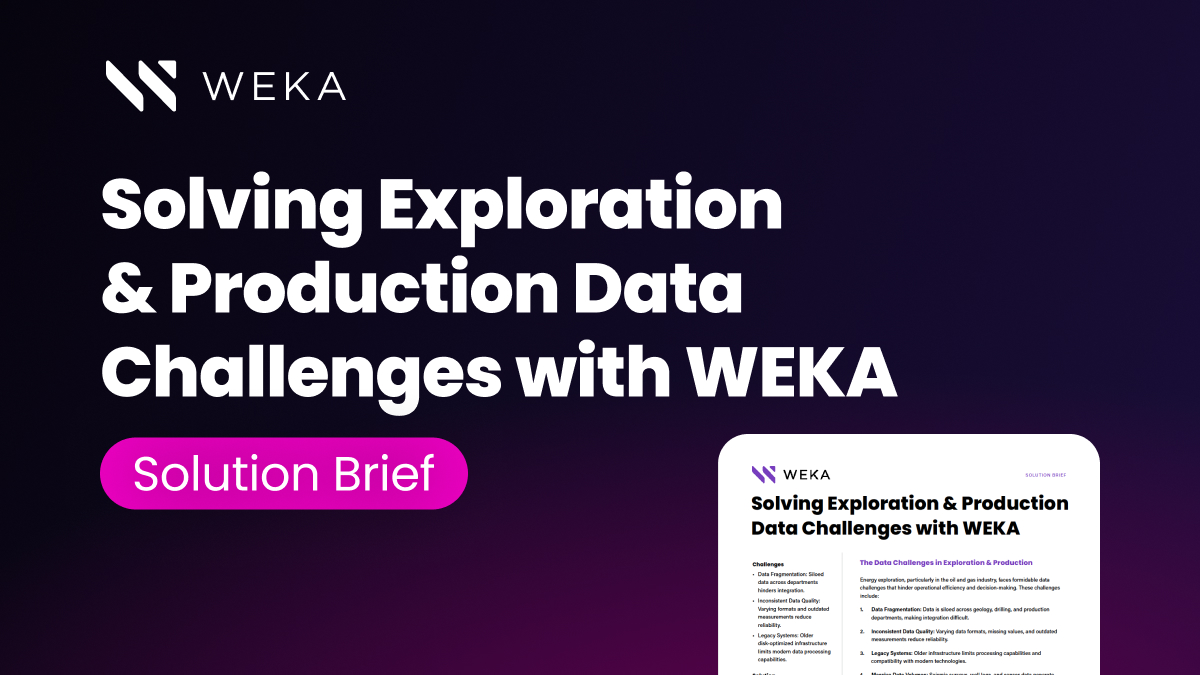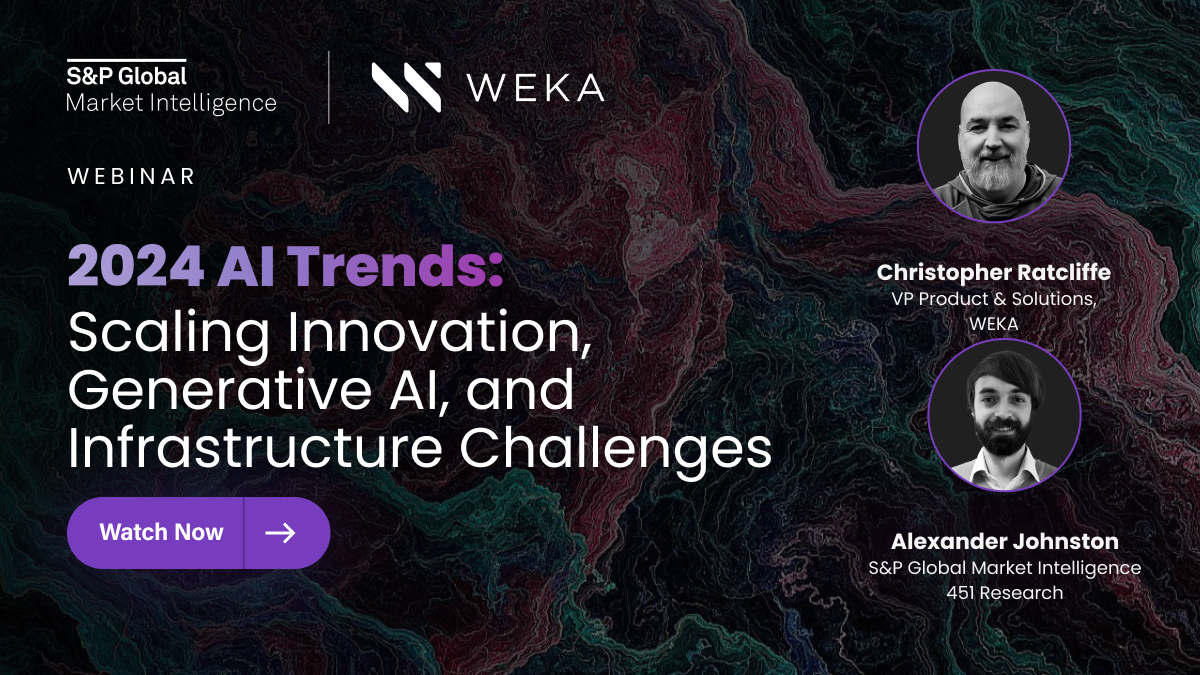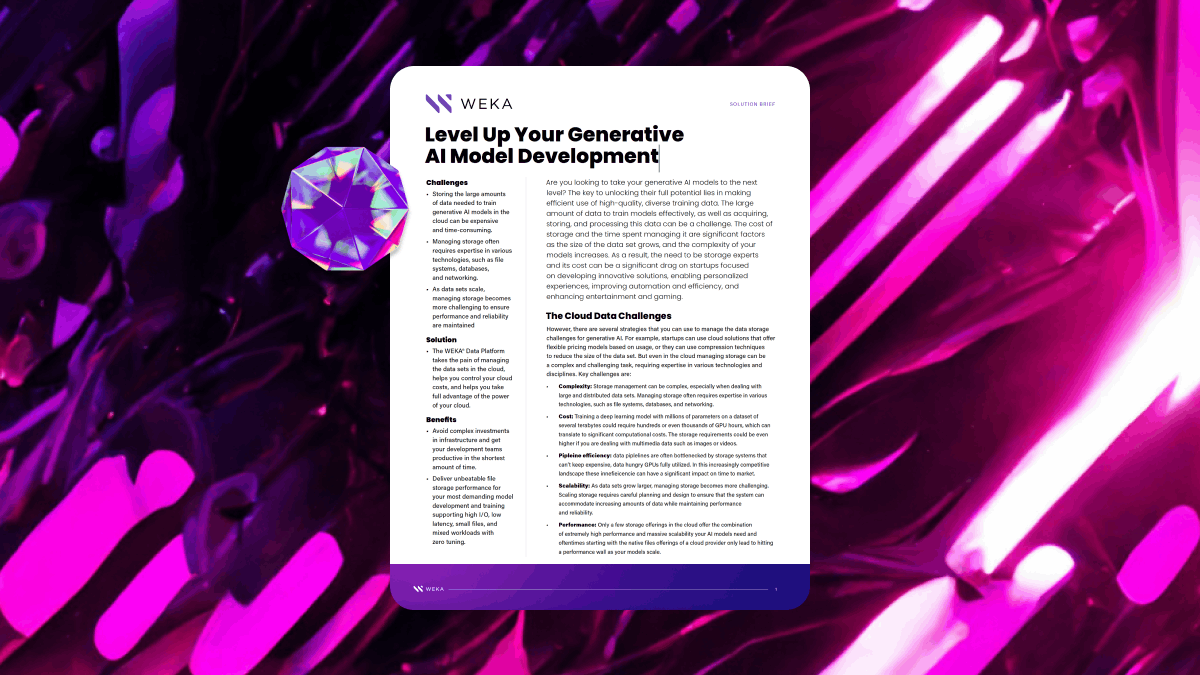Computer Vision AI (What Is It & How Does It Work?)

Curious about computer vision and AI? We explain what computer vision is, how it works, and how it is making a difference in the field of AI.
What is computer vision AI?
Computer vision is a field of artificial intelligence that deals with how computers can derive information from digital images or videos. Its uses include the following:
- Automotive Industry
- Emergency relief
- Crop monitoring
- Healthcare
What Is Computer Vision?
Computer vision is how machines ingest digital images, such as pictures, video, or live camera feeds, and derive meaningful information from them.
Some earlier experiments in computer vision focused on the ability of robots to ingest visual information about the world around them through sensors, a process known as “computer vision.” As early as the 1950s, computer scientists used the first primitive neural networks to help machines learn how to ingest visual information and perform tasks like edge detection and demarcating complex images into simpler shapes.
Innovations over the next decades included processes like text recognition and pattern recognition in images and, in the 1970s, the first commercially available use of optical character recognition.
Unfortunately, research into AI-specific fields slowed in the 1980s and 1990s. The field fragmented into several subdisciplines, including computer vision (which was used in applications such as OCR and robotics research at the time). One of the limitations to such research was providing a sufficient combination of computational power and large training data sets to allow these programs to interpret digital information accurately.
It wasn’t until the later 1990s and 2000s that these capabilities were available through advances in a few technological areas:
- Big Data: The rise of the internet, e-commerce, and cloud storage led to the subsequent rise of big data. Volumes of data that had been, at one time, seen as impossible to gather dependably were now obtainable. More importantly, this kind of data could be stored and refreshed within a meaningful timeframe. It wouldn’t take decades to collect significant data stores, only years or even months.
- Cloud Computing: Powering machine learning and AI requires extensive computing resources far beyond that of centralized mainframe computers. Cloud computing, or the harnessing of decentralized processing resources, gave AI a widespread platform for use outside of highly specialized research areas for the first time.
- Hardware Acceleration: Cloud computing is a jump in processing power, but AI applications work best when operated on specialized hardware. The targeted use of customized GPUs and circuitry would support the rapid processing of massive quantities of data much faster than traditional CPUs.
By 2001, facial recognition systems came online, and merely ten years later, platforms were implemented to provide large-scale computer vision systems with training data sets.
Because we tend to take the ease by which we as humans can process visual information for granted, we don’t appreciate the difficulty machines face in accomplishing the same task.
How Is Computer Vision Related to AI?
Artificial intelligence is a relatively older discipline in this history of computing. The notion of machine intelligence has been one that has floated in the background of computer science since the 1940s and 1950s, and these scientists have looked into the different ways that machines could move and interact with the world around them.
Computer vision is, therefore a multidisciplinary field, including a few key areas of research:
- Machine Learning and AI: Computer vision systems use machine learning and AI to power pattern recognition capabilities. Unlike humans, where abstract pattern recognition is part of our thinking, machines have to learn strategies to painstakingly match patterns in visual data. Machine learning algorithms are used to learn how to do this.
- Neural Networks: Many of the earliest AI used linear problem-solving approaches, but even in these earliest days, the idea that complex problems would call for nonlinear solutions was well known. Neural networks mimic what we know about the operation of the brain—namely, that neurons fire emergently to process information. Neural networks represent data structures composed of “nodes” that perform simple weighting tasks based on inputs, providing inputs to other nodes. Collectively, these networks can take complex tasks, break them into their smallest constituent parts, and then complete them through the collective, nonlinear interaction of the nodes.
- Robotics: AI research has almost always touched, one way or another, on robotics. While computer vision and AI are closely interrelated in applications like OCR and image recognition, it also finds significant purchases in the operation of robots that navigate physical environments.
AI powers computer vision specifically because machines needs to be trained to recognize patterns and shapes in visual data. Massive quantities of images are fed into neural networks and machine learning systems to essentially learn how to interpret these images.
With the modern advances in AI and computer vision, many systems have reached upwards of 99% accuracy for classification and object identification.
What Are Some of the Use Cases for Computer Vision AI?
Combining cloud-based AI and computer vision programs has led to major innovations in several critical industries. Applications that weren’t thought possible even ten or twenty years before are now in some stage of development, if not already used by several organizations.
Some of these use cases include the following:
- Self-Driving Cars: The creation of self-driving cars has become a goal for many automotive manufacturers, which is only realizable through sufficiently accurate image recognition based on real-time camera input. Modern self-driving cars aren’t widespread, but their use in limited cases, combined with cloud and IoT technology, quickly leads to innovations that can make these cars dependable and affordable.
- Healthcare Imaging: Doctors look at artifacts like CT scans, MRI scans, or cellular slides to detect defects, diseases, or irregularities.Trained computer vision AI can often offer more in-depth and accurate assessments of visual data to supplement doctor investigations and support more effective diagnoses and treatments.
- Manufacturing Defect Inspection: Errors and imperfections in manufacturing lines are common but can result in imperfect goods entering packaging and ending up in customers’ hands. When computer vision AI scans manufacturing lines, it can catch defective goods, before they enter circulation, and improve system efficiency.
- Crop Yield Monitoring: The agriculture industry uses computer vision extensively for airborne imaging of crops and farms. AI can help farmers better plan farm layouts for maximum efficiency and yield while monitoring livestock over acres of land.
- Self-Checkout: Retail industries are increasingly using computer vision AI to power self-checkouts. While barcode scanners already exist, AI-powered systems can help make these checkout systems more accurate and responsive for customers by recognizing items, item amounts, and item types to streamline checkout without requiring customers to enter product codes.
- Security and Prevention: AI-driven computer vision also powers advanced security cameras. These security systems, complete with facial recognition and other AI-driven technologies, can alert security professionals to the presence of wanted individuals or preventable threats.
Power Your Computer Vision AI with WEKA
Developing and sustaining computer vision AI systems calls for infrastructure that can handle large amounts of visual data (images, videos, live camera feeds, etc.) and use them with real computing power.
WEKA provides this infrastructure with the following capabilities:
- Streamlined and fast cloud file systems to combine multiple sources into a single high-performance computing system
- Industry-best GPUDirect performance (113 Gbps for a single DGX-2 and 162 Gbps for a single DGX A100)
- In-flight and at-rest encryption for governance, risk, and compliance requirements
- Agile access and management for edge, core, and cloud development
- Scalability up to exabytes of storage across billions of files
To learn more about WEKA and computer vision AI, contact us today.
Additional Resources
GPU for AI, ML, and Deep learning
Storage for AI/ML Workloads





